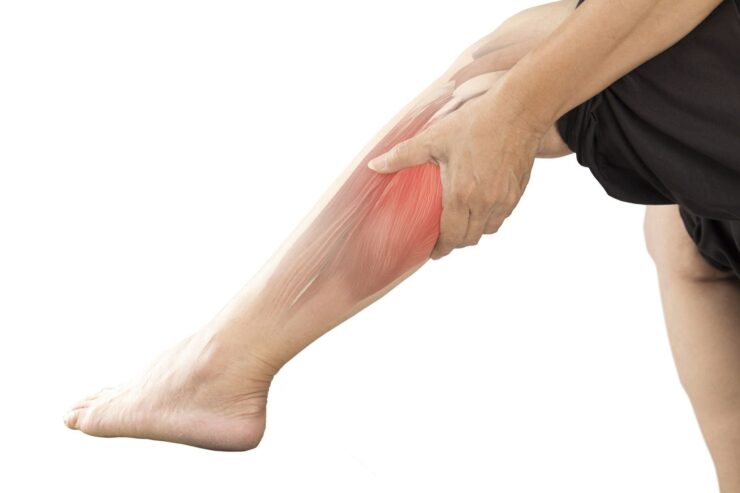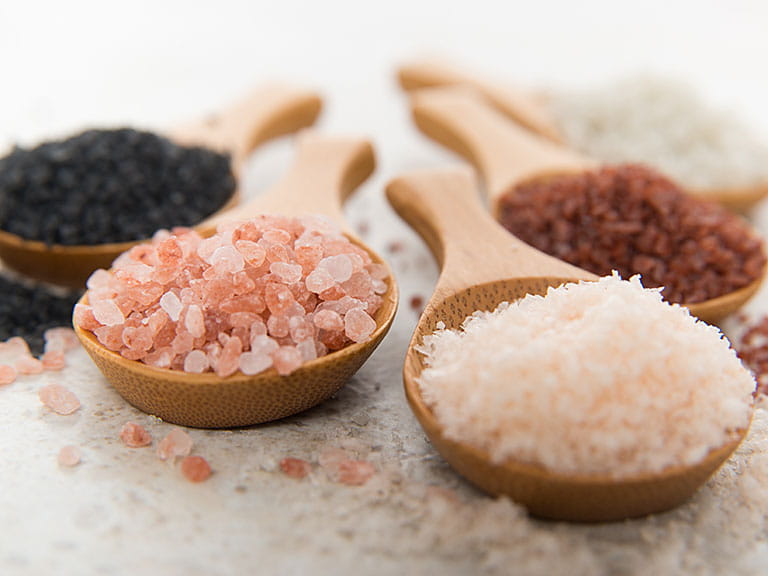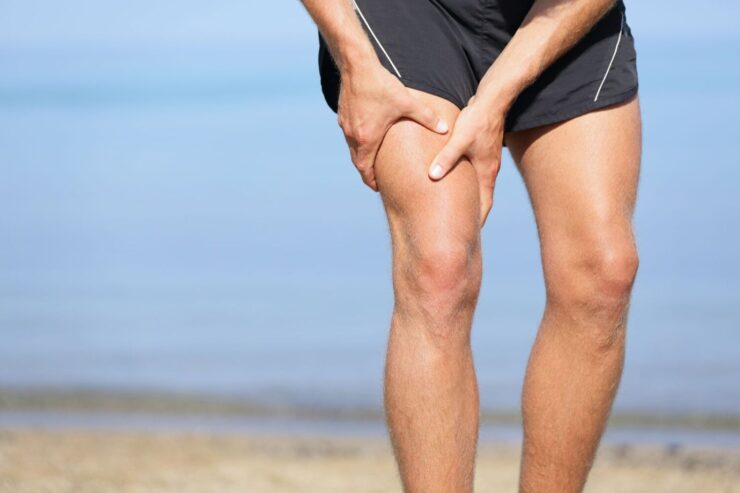Picture this: you’re running a marathon or maybe just settling into bed when suddenly, the excruciating grip of a muscle cramp seizes your calf or foot. The pain is immediate, intense, and often mysterious. Why do these unexpected contractions occur? Let’s dive deep into the enigmatic world of muscle cramps, unraveling their causes and offering insights into their prevention and relief.
Common Causes
Muscle cramps are spontaneous and often painful contractions of a muscle or a group of muscles. They can last from a few seconds to several minutes. These sudden, sharp sensations can be attributed to a multitude of reasons. While occasionally the exact cause might remain elusive, several common culprits have been identified, including dehydration, overexertion, and specific medical conditions.
Often, these involuntary spasms occur during or post-exercise. However, they can also strike when you’re at rest. For some, they’re an occasional annoyance, while for others, they might be a frequent disruption. Beyond physical activity, a person’s age, medical history, and daily habits can play a role in their onset. For more crucial information on muscle cramps, visit healthyenergyamazinglife.com.
Factors That Increase Cramp Risk

Various conditions and habits can predispose an individual to experience these pesky spasms more often. A sedentary lifestyle, for instance, can leave muscles underused and prone to cramping when suddenly engaged in activity. Moreover, certain medications, like diuretics, may increase the likelihood of cramps.
It’s interesting to note that as we age, we become more susceptible. Elderly individuals often experience night cramps, even without any preceding exertion. Genetics, too, might hold a clue. If your parents frequently experienced cramps, chances are you might too.
Dehydration and Muscle Cramps
Lack of adequate water in the body can lead to muscle cramps. When our bodies are parched, the balance of fluids moving in and out of our cells gets disturbed, leading to cramps. Our muscles function best when they are well-hydrated, allowing them to contract and relax with ease.
The symptoms of dehydration aren’t always as overt as thirst. Dark urine, dry skin, fatigue, and dizziness can all be indicators. Often, by the time we feel thirsty, our bodies are already considerably dehydrated. Regularly sipping water throughout the day can stave off both dehydration and associated cramps.
Electrolyte Imbalance: Role in Cramp Development

Minerals like sodium, potassium, calcium, and magnesium play a pivotal role in muscle function. An imbalance in any of these can cause muscles to become hyper-excitable, leading to cramps. For instance, a potassium deficiency can hinder a muscle’s ability to relax after contraction.
Interestingly, our diet and fluid intake can cause or correct these imbalances. Excessive caffeine or alcohol, both diuretics, can lead to electrolyte imbalances. On the other hand, foods like bananas or oranges, rich in potassium, can help maintain mineral equilibrium, ensuring muscles operate smoothly.
Overexertion and Muscle Fatigue
Pushing your muscles beyond their limits can lead to muscle fatigue, setting the stage for cramps. When muscles are overworked, they can become hyperactive, leading to involuntary contractions. This is commonly observed in athletes or those who suddenly increase their exercise intensity.
Adopting a gradual approach to physical activity can be beneficial. Incrementally increasing the intensity and duration of exercises can condition muscles, making them less susceptible to spasms due to overexertion. Regular breaks during prolonged activities can also aid in muscle relaxation.
Poor Blood Circulation and Cramps

Adequate blood flow is crucial for muscle function. Muscles deprived of necessary oxygen and nutrients, due to compromised blood circulation, might be more prone to spasms. Conditions like peripheral arterial disease (PAD) can impede blood flow, especially to the legs, resulting in cramps.
It’s not just medical conditions that can restrict circulation. Simple habits like sitting cross-legged for extended periods can also reduce blood flow. Being mindful of posture and taking periodic movement breaks can help ensure that muscles receive adequate nourishment and oxygen.
Neuromuscular Conditions and Cramping
Certain neuromuscular disorders can make individuals more susceptible to cramps. Conditions like amyotrophic lateral sclerosis (ALS) or peripheral neuropathy can interfere with nerve function, leading to muscle spasms. For those affected, cramps can be a recurrent and distressing symptom.
Seeking timely medical intervention can help. While the primary conditions might require specialized treatment, addressing muscle spasms can offer significant relief. Medications, physical therapy, or other interventions can often alleviate cramping in such scenarios.
Pregnancy and Muscle Cramps
Expectant mothers often report experiencing muscle cramps, especially in the second and third trimesters. The growing uterus puts pressure on blood vessels, potentially compromising blood flow to the legs. Combined with additional weight and possible electrolyte imbalances, this can predispose pregnant women to cramps.
While the journey of pregnancy is unique for every woman, adopting certain habits can help. Gentle stretching, regular movement, and maintaining adequate hydration can minimize cramp occurrence. However, always consult a healthcare provider before making any changes during pregnancy.
Exercise-Associated Muscle Cramps

Many athletes and fitness enthusiasts are all too familiar with cramps that strike during or post-exercise. These cramps, often a result of muscle fatigue, can be both painful and disruptive. Factors like dehydration, electrolyte imbalances, and extreme environmental conditions can exacerbate them.
To combat this, warming up before exercise and cooling down post-exercise is crucial. These rituals can prepare muscles for the strain of physical activity and facilitate recovery afterward, reducing the risk of spasms. Customizing hydration strategies based on individual needs and exercise intensity can also be beneficial.
Prevention Strategies for Muscle Cramps
An ounce of prevention is worth a pound of cure. Maintaining proper hydration, ensuring a balanced diet rich in essential minerals, and practicing regular stretching can act as effective deterrents. These measures are often simple but can significantly diminish cramp occurrence.
Consistent exercise, tailored to individual capacity, can also help. Conditioned muscles are less likely to cramp than those suddenly exposed to strain. Addressing underlying medical conditions, monitoring medications, and maintaining a healthy lifestyle can further minimize risks.
Final Thoughts
Navigating the labyrinth of muscle cramps might seem daunting, but armed with knowledge and preventive strategies, it becomes manageable. Remember to tune into your body’s signals, hydrate, and adopt a balanced lifestyle. By understanding the myriad factors that play into muscle cramps, you are better equipped to prevent them and seek relief when they strike. Here’s to cramp-free days ahead!

